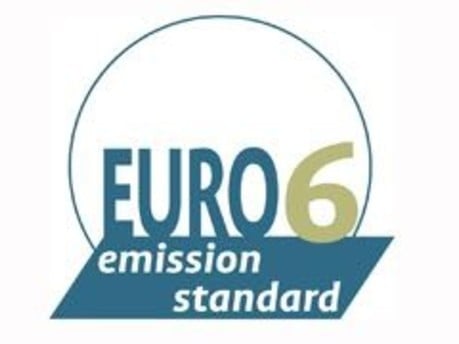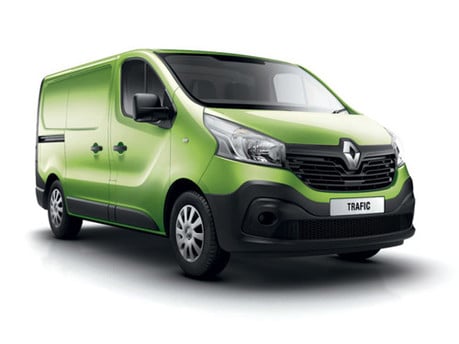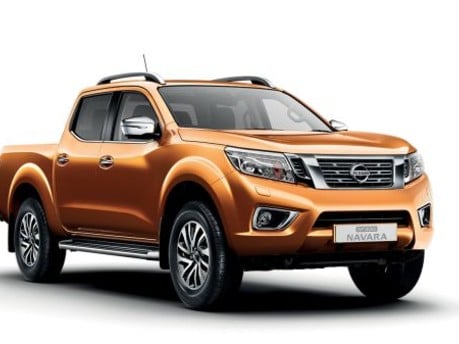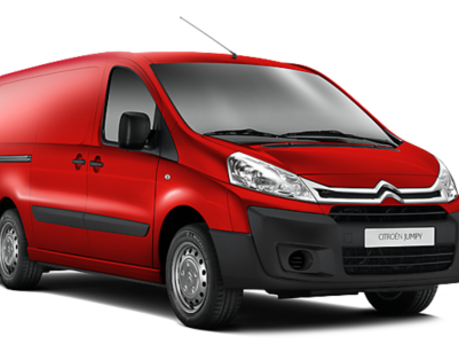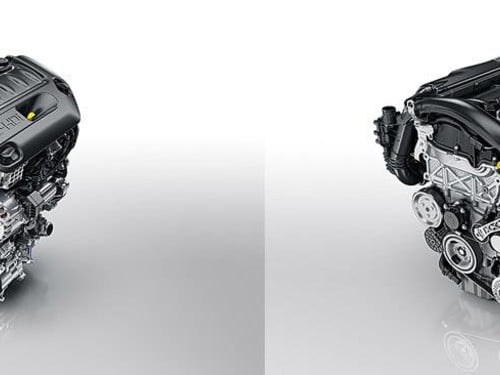What is Euro 6?
Since 1993, the European Commission has introduced legislation that regulates the level of pollutants released from the tail-pipes of diesel engines. Euro 6 is simply the latest standards that all new engines must be compliant with. It is particularly targeting nitrogen oxide (NOx) emissions by forcing vehicle makers to reduce NOx output by more than 55% from Euro 5 standards. Euro 6 will also reduce carbon monoxide, particulate matter (PM, which is basically soot), sulphur dioxide and hydrocarbon.
Euro 6 legislation was released in September 2014 meaning that all new models introduced into the market must be Euro 6 compliant from that point. With the passing of 1st September 2016, all new light commercial vehicles and cars must adhere to Euro 6 standards.
What Does This Mean For You?
In terms of buying a new car, Euro 6 regulations won't really affect your choice too much. The vast majority of new car models produced over the past few years have already been made compliant with these standards.
If, however, you are in the market for a new van or pickup, Euro 6 standards are affecting the science behind the engines and could impact payload.
What's the Science Behind It All?
In order to meet the new Euro 6 emissions standards, extra technology is needed to reduce the NOx that is produced. Small vans such as the Renault Kangoo have had their nitrous oxide emissions reduced through the addition of a NOx trap. In contrast, most larger vans and pickups are choosing to use Selective Catalytic Reduction (SCR). This uses a fluid called AdBlue, sometimes called diesel exhaust fluid, which helps to turn the nitrogen dioxide intro nitrogen, carbon dioxide and water.
While using AdBlue might be the most popular method to reduce NOx emissions, there are exeptions. For example, Fiat have chosen to use Low Pressure Exhaust Gas Recirculation alone in their latest Ducato model.
What Does Using AdBlue Mean?
Using AdBlue to reduce nitrous oxide emissions means that your van or pickup will need an extra tank in order to break NOx down into less harmful nitrogen and water vapour. The tank is a bit of a bulky system that is around 10-20 litres in volume meaning that it will take up as much as 30-80kg of a van's payload, depending on the size of the van. However, in some cases such as the Nissan NP300 Navara, payload can actually increase if the vehicle manufacturer is able to increase the Gross Vehicle Weight (GVW).
If your new van or pickup uses SCR technology, it will be your responsibility to ensure that the AdBlue levels remain topped up and cover the costs because it is considered similar to fuel. Prices do vary, but AdBlue costs around £8 - £20 a litre and can be purchased from retail outlets (Halfords for example), service stations and dealerships.
Emission Standard for Diesel Light Commercial Vehicles
| Date | CO2 (g/km) | NOx (g/km) | PM (g/km) | |
| Euro 1 | October 1994 | 2.72 | - | 0.14 |
| Euro 2 | January 1998 | 1.0 | - | 0.08 |
| Euro 3 | January 2000 | 0.64 | 0.50 | 0.05 |
| Euro 4 | January 2005 | 0.50 | 0.25 | 0.025 |
| Euro 5a | September 2009 | 0.500 | 0.180 | 0.005 |
| Euro 5b | September 2011 | 0.500 | 0.180 | 0.005 |
| Euro 6 | September 2014 | 0.500 | 0.080 | 0.005 |
Advantages of Euro 6
- Increased engine efficiency
- Better fuel economy
- More powerful than Euro 5 equivalents
- Reduced CO2 emissions
- Compliant with London's planned Ultra-Low Emission Zone
Disadvantages of Euro 6
- Can reduce payload by up to 80kg depending on van size and trim
- If using SRC technology, you are responsible to top-up AdBlue levels
- Increased retail prices of £500 - £1,000 because of development and research costs
What Do You Need to Do?
The simple answer here is nothing. Euro 6 legislation only applies to new vans so you don't need to modify your current van to meet the new standards. Several manufacturers have been building Euro 6 compliant vans for some time now, so when you come to buying your new van there will be a whole range of compliant vans to choose from.

